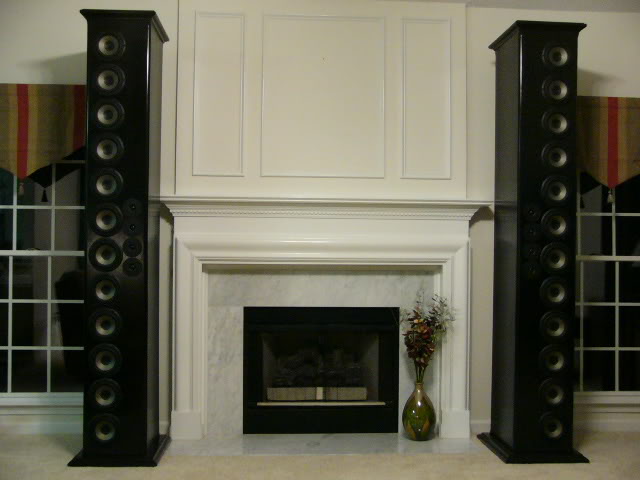- Joined
- Jan 23, 2009
- Messages
- 5,980
- Reaction score
- 4,091
I didn't want to pollute the excellent Dedicated Audio/Video thread with too much DIY tech, so with @hobie1dog blessing I will start this parallel thread to highlight any of mad audio scientist projects and tech.
I myself really enjoy Vacuum tube tech and there is a lot of good R&D being done with this old tech that I find fascinating. The latest is the invention of the UNSET amplifier topology. In the next couple posts I will detail what it is and what I plan to do with it in my next amplifier project.
But first some tube eye-candy. The big tubes on the top is what I have been collected (hoarding?) from ebay over the last few years. WWII era aircraft radio transmitting tubes.

I myself really enjoy Vacuum tube tech and there is a lot of good R&D being done with this old tech that I find fascinating. The latest is the invention of the UNSET amplifier topology. In the next couple posts I will detail what it is and what I plan to do with it in my next amplifier project.
But first some tube eye-candy. The big tubes on the top is what I have been collected (hoarding?) from ebay over the last few years. WWII era aircraft radio transmitting tubes.
















